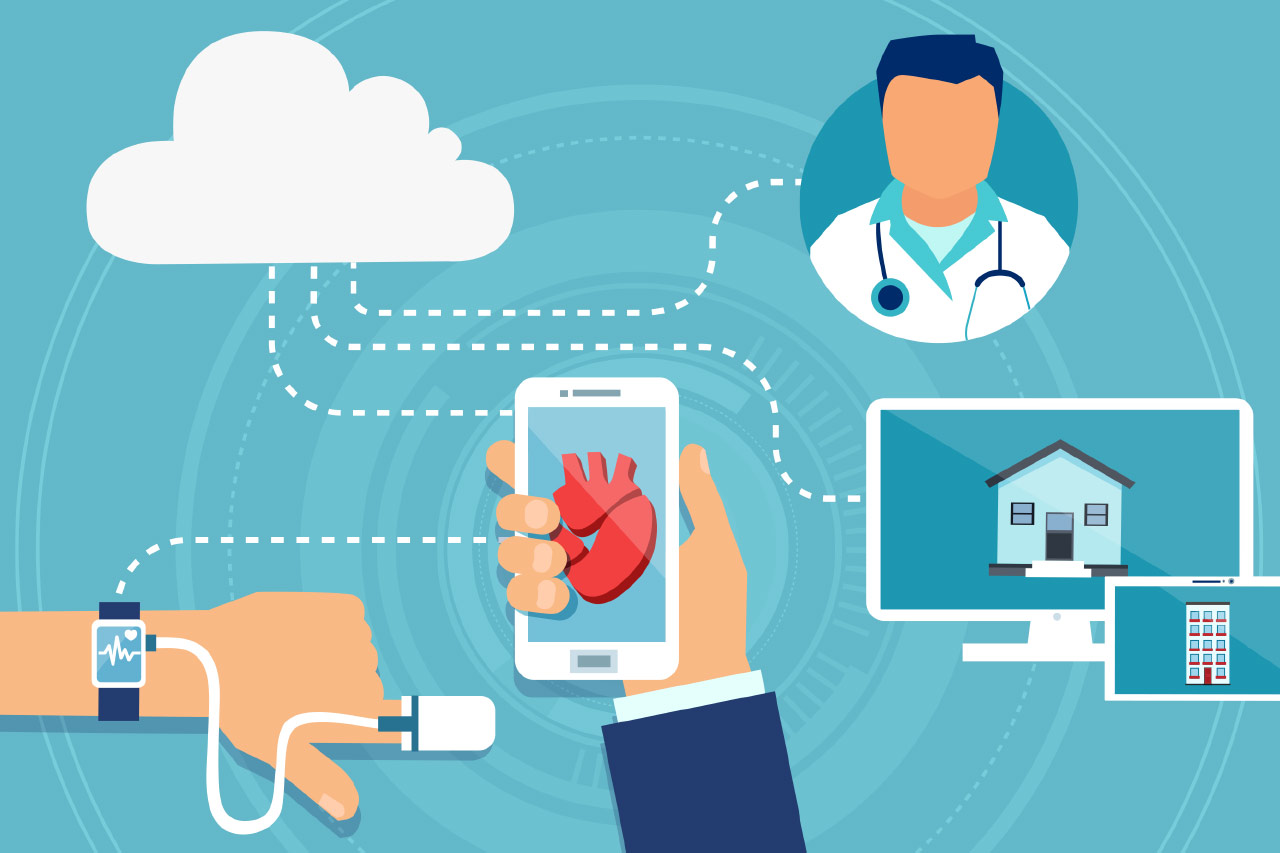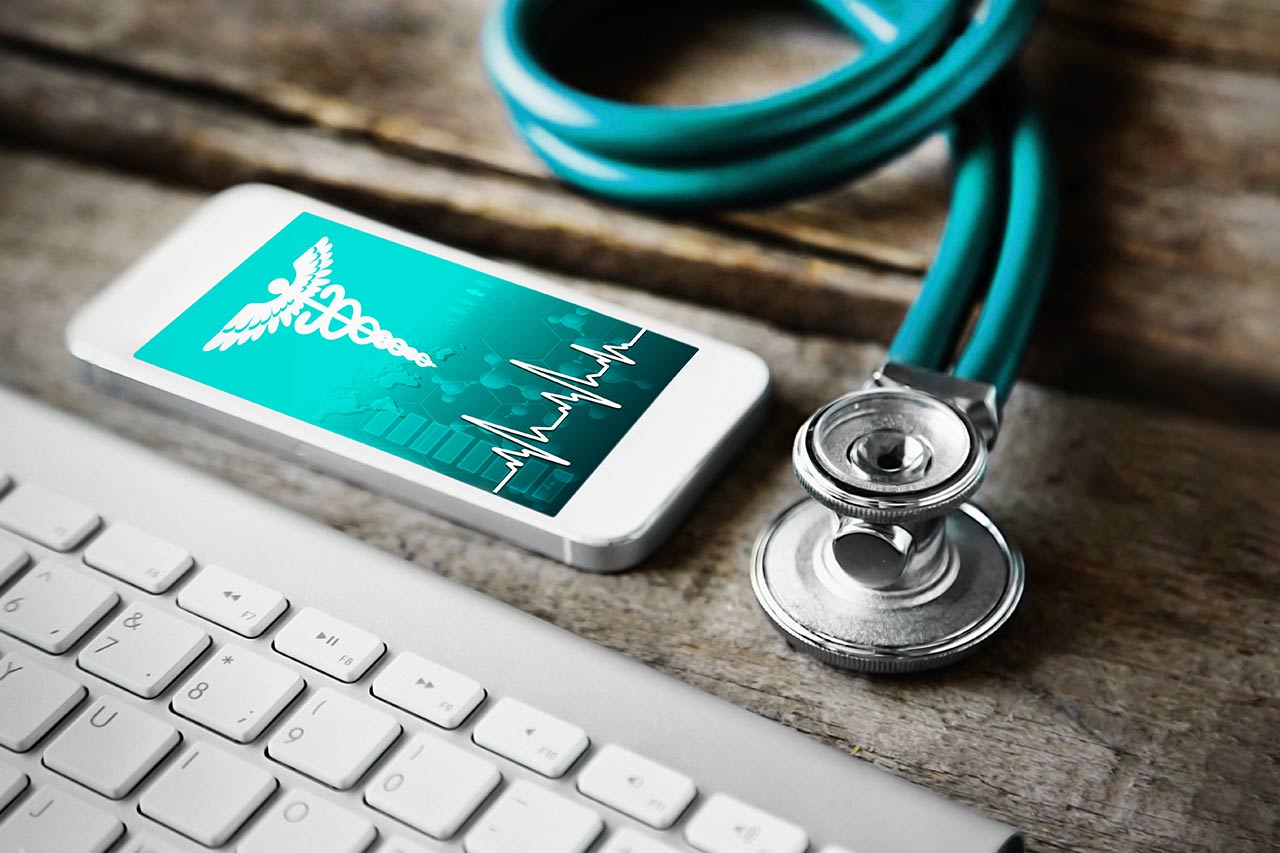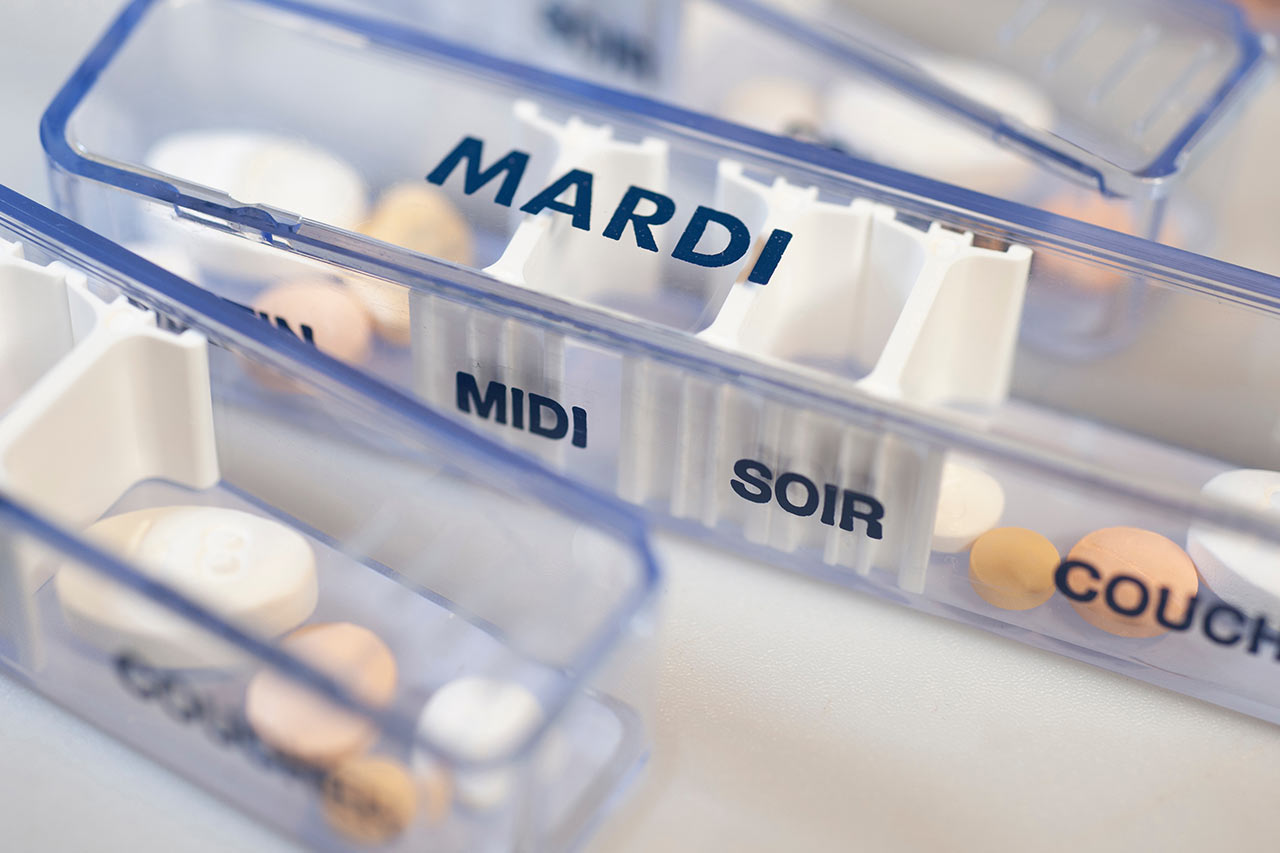Telemonitoring in healthcare, what is it?
Using a digital medical device (DMD), telemonitoring enables medical data to be interpreted remotely by a healthcare professional, who can then take decisions considering the care of a patient. Patient data can be entered manually by the healthcare professional, or automatically by a connected device recording clinical data.
Telemonitoring can be implemented for any patient whose care requires a period of continuous or intensified medical monitoring. This advanced monitoring method is particularly well suited to people at risk of hospitalization or complications and relapses, such as patients with chronic or degenerative pathologies, or those discharged from hospital.
The impact of telemonitoring
Remote medical telemonitoring offers many advantages for patients, healthcare professionals and healthcare establishments alike:
- Improved quality of patient care by anticipating complications and modulating treatments as close as possible to the patient’s place of life.
- Improved patient comfort thanks to personalized care and reduced travel to medical appointments.
- Improved coordination of the various healthcare professionals involved in the patient’s care, thanks to a smoother communication and a more regular sharing of information.
- Reduced re-hospitalization, unplanned consultations and related costs for healthcare professionals and institutions.
Find out more about how our team can support you in your telemedicine projects >
Recognition of telemonitoring under French common law: a structuring change
The ETAPES program set up in 2014 by the French Ministry of Health and Solidarity has enabled the testing of telemonitoring solutions. The aim was to give rise to experimental approaches and prefigure what a nationwide telemedicine organization could represent. Several telemonitoring solutions meeting the published specifications were tested by healthcare professionals, while guaranteeing remunerated use.
As this experiment has proved its effectiveness, it was decided to make remote telemonitoring part of French common law in July 2023. Today, 5 cases of use are recognized:
- Heart failure
- Wearing implantable cardiac prostheses for therapeutic purposes
- Renal failure
- Respiratory failure
- Diabetes
Even if this list applies to a number of well-defined medical cases, it is important to mention that all medical situations are potentially concerned by telemonitoring, for example for oncology or fertility monitoring. In addition, the HAS (French Health Authority) specified that other pathologies may in future be concerned and covered after a favorable opinion.
Moreover, to qualify for reimbursement by the French Assurance Maladie, the digital medical device used must be CE-marked, certified and assessed. In addition, the healthcare professional in charge of the patient’s medical follow-up, as well as the solution provider, receive a fee per patient and per quarter.
Acceptance of telemonitoring in healthcare: a challenge to be met
Despite the recognition of telemonitoring in French common law and its inclusion in the French Plan Innovation Santé 2030, legal (legal liability, privacy protection, data security) and technical (qualification of medical staff, interoperability of systems, communication throughput) challenges remain.
The main challenge lies in ensuring that telemonitoring is accepted by patients as well as by medical staff. Indeed, this service will shake up monitoring habits. Patients may feel isolated or at a loss when faced with the new technology, while healthcare professionals need to modify their practices and adapt their organization in order to provide remote patient monitoring.
Education is therefore a key element in facilitating the adoption of telemonitoring in healthcare. This must target two key stakeholders:
- Healthcare professionals, who need to be supported, encouraged and trained.
- Patients, who need to be informed and reassured about the use of telemonitoring tools in their care, for example during therapeutic education sessions.
To ensure that they are adopted by healthcare professionals, remote monitoring tools must also be easy to learn and use, and ideally articulated with other everyday tools such as patient records or secure messaging systems.
The beneficial effects of telemonitoring in healthcare are expected in terms of improved organization and coordination between healthcare professionals, but above all in terms of quality and safety of care. Its use has proved its effectiveness as part of the ETAPES experiment and has been confirmed by its inclusion in French common law and the Plan Innovation Santé 2030. However, close attention should be paid to the proliferation of tools and their interoperability, and the support of patients and professionals in getting to grips with these new tools has to be ensured.
At Alcimed, we support the players involved in medical telemonitoring to make this solution sustainable and effective for all parties involved, as it could become a must-have for patients with a high risk of complication.
Are you looking to optimize your care pathways through telemedicine? Alcimed can support you in your projects. Don’t hesitate to contact our team!
About the author,
Line Consultant in Alcimed’s Innovation and Public Policies team in Paris



